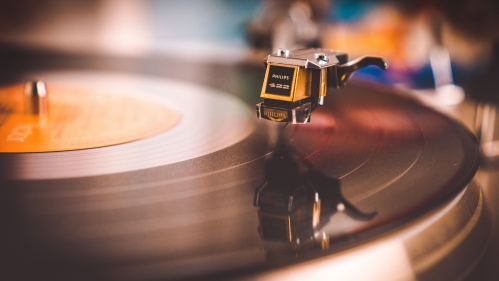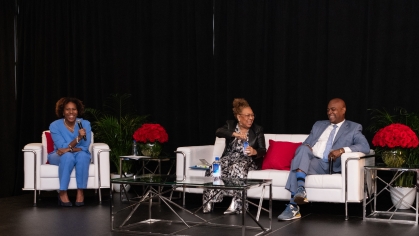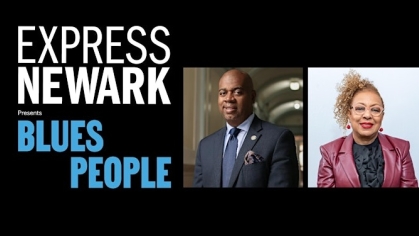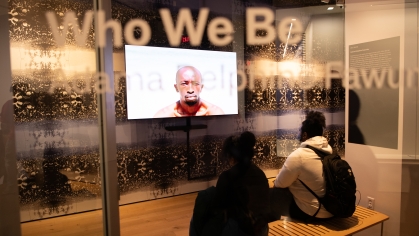Two decades ago, vinyl records were considered obsolete. But an unlikely resurgence of the medium has breathed new life into the music industry, a trend that will be explored at an event hosted by the Institute of Jazz Studies on January 29th.
“Vinyl is the Future,’’ an in-depth look at the rebirth of vinyl and its relationship with music lovers, especially jazz fans, will be held at Clement’s Place from 6:00 p.m. to 8:30 p.m. Go here to register and find more information.
“It will be a lively conversation about an important topic. We’re excited about how it’s going to stimulate some thinking among the folks who join us,’’ said Wayne Winborne, Executive Director of the institute.
Panelists include producer Zev Feldman, co-president of Resonance Records, Reggie Blanding, head library of the James Brown African American Room at the Newark Public Library, and Rutgers-Newark faculty member Larry Jaffee, a RU-N journalism instructor and author of “Record Store Day: The Most Improbable Comeback of the 21st sCentury” about the vinyl renaissance and how it was driven by an annual event, held by music stores nationwide to promote sales of new vinyl releases.
Winborne had been hearing buzz about the increase in vinyl sales but didn’t realize until recently that it was more than just a spike, he said.
“I thought it was a niche market, super interesting but small,’’ he said. “I hadn’t thought about the potential ramifications of this explosion and what it might mean for the growth of jazz.’’
According to Jaffee, the vinyl boom is unique because there’s no other medium where an outdated format began to outsell the modern iterations that replaced it. “It was plucked from near oblivion. It makes no sense from a tech standpoint, or an environmental or economic standpoint. It defies logic,’’ said Jaffee, whose book won an award last year from the Association of Recorded Sound Collections.
The surge in vinyl began with nostalgic Baby Boomers, seeking to recapture relics from their youth, said Jaffee. “They were looking for ways to gravitate back to their teenage years. That’s what fueled the interest in vinyl reissue. Then teenagers were curious about what their parents were playing and what they were playing these records on,’’ he said.
Audiophiles, hip-hop dee-jays and producers, hipsters and aficionados kept the medium alive during hard times until interest picked up and the music industry began repackaging records as a “deluxe product,’’ said Jaffee.
In an age of digital music, consumers longed for something more tangible and immersive. “Digital music is more in the background. It’s an experience to listen to a vinyl record,’’ said Jaffee, citing the “12-inch canvas and packaging. The vinyl experience has other dimensions to it. You appreciate it more.”
The last Taylor Swift studio album of new music, "Midnights," sold one million vinyl records herself. She also re-recorded new versions of her earlier albums that have sold extremely well.
Pressing plants have finally caught up with consumer demand, with 200 factories — half of which are in North America with the other hundred operating in the rest of the world, pointed out Jaffee, the co-founder of Making Vinyl, a B2B conference launched in 2017. At the time of its launch, only 35 such plants existed when they started these events, underscoring the industry’s exponential growth in recent years.
Making Vinyl in 2024 is embarking on a data collection project with a third party that quantifies how many records are being made. Manufacturers believe that vinyl sales reported by the media are grossly underreported. “We’re looking to fill that void with solid research,” Jaffee said. “We know from independent retailers, most of the records are getting bought, prompting reorders.’’
For jazz fans, many of whom have treasured albums,the vinyl trend is good news and incentive to add to their collections, said Winborne.
“Jazz vinyl is selling,’’ he said. “That’s why conversations about it are important. Now, people’s interests will be piqued when they learn more about this. They’re going to see what folks are buying and think about buying vinyl themselves.’’



